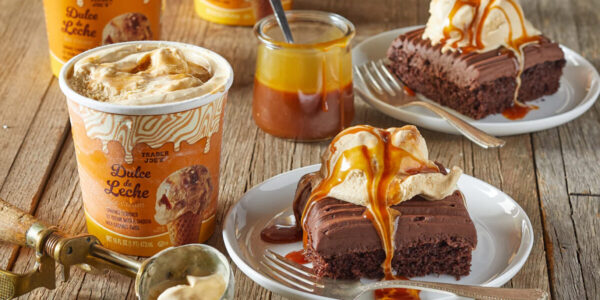
So. California
PLANTING
Planting seedlings: Tip from the test garden
• Herbs. For fresh flavorings this summer, start anherb garden now. Plant chives, parsley, rosemary, sage, savory,sorrel, tarragon, and thyme. Sow seeds of arugula, chervil, anddill.
• Perennials. Early spring, when the soil is stillcool and nurseries are full of choices, is a great time to buy andplant perennials. Euphorbia ‘Diamond Frost’, new from Proven Winners, is worthsearching for. It looks like a short baby’s breath and never stopsblooming. Combine it with white-flowered Salvia x sylvestris ‘Snow Queen’ (another great performer) for acool-looking, long-lasting, trouble-free display. One source forboth plants is Cottage Nursery Gardens (714/890-5511) in Westminster.
• Summer bulbs. Continue to plant agapanthus, tuberousbegonias, caladium, calla, canna, dahlia, gladiolus, lilies,tigridia, and watsonia.
• Tomatoes. There’s still time to start tomatoes fromseed (wait until April to plant them in the ground, as they needheat to thrive). Search catalogs such as Tomato Growers Supply Company (888/478-7333) for unusual varieties such as ‘Prairie Fire’,’Sun Sugar’, and ‘Yellow Canary’ ― worth trying for theirnames alone.
• Vegetables. Sow seeds for all-season crops such asbeets, carrots, radishes, Swiss chard, and turnips. Or switch tosummer crops and sow seeds of corn or green beans. Coastalgardeners can also plant cucumbers and squash. Wait until April toplant melons, as they need more heat; seedlings of unusualvarieties, including ‘Charentais’, are available by mail from the Natural GardeningCompany (707/766-9303).
MAINTENANCE
• Fertilize. Almost everything in your garden needs aboost of nitrogen now. Feed fruit and ornamental trees,groundcovers, shrubs, perennials, and annuals that have been in theground at least six weeks. Also feed turfgrass and containerplants. Feed camellias after bloom, using cottonseed meal or anacidic commercial fertilizer.
• Prune ornamentals. Before their spring growth surge,prune boxwood, pittosporum, and other evergreen hedges. Prunespring-flowering trees such as cherry and plum after they bloom.Wait to prune frost damage from bougainvillea, Natal plum, or othersubtropicals until you see new growth.
Four indispensable pruning aids
• Thin fruit trees. Begin thinning apples, pears, andother stone fruits when they reach about ½ inch in size.Remaining fruits should be about 4 to 6 inches apart.
PEST AND WEED CONTROL
• Control aphids. Strip them from plants by hand,wearing thin, disposable rubber gloves if you’re squeamish. Ordislodge them with a strong blast of water from a hose.
• Deter weeds. To prevent annual weed seeds fromgerminating, apply a selective preemergence herbicide such as GreenLight Amaze to your lawn. Follow label directions.
• Manage snails. Trap snails by allowing them tocollect on lettuce leaves or under grapefruit rinds, or set outcommercial bait.
